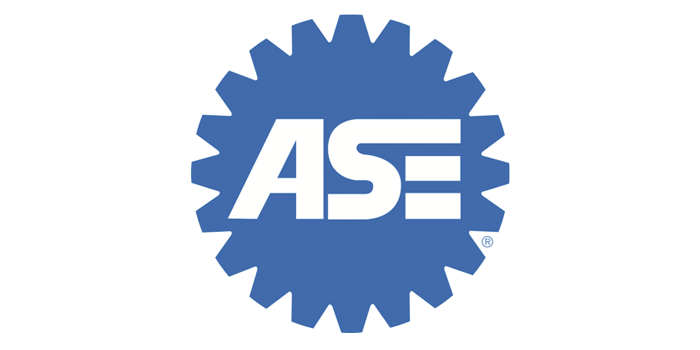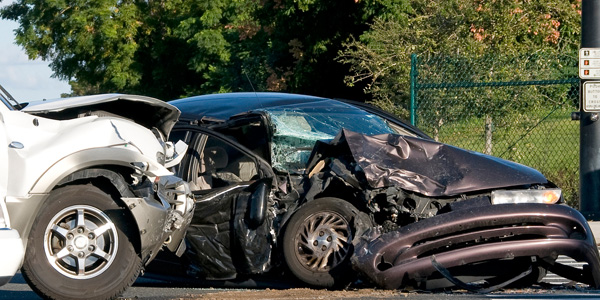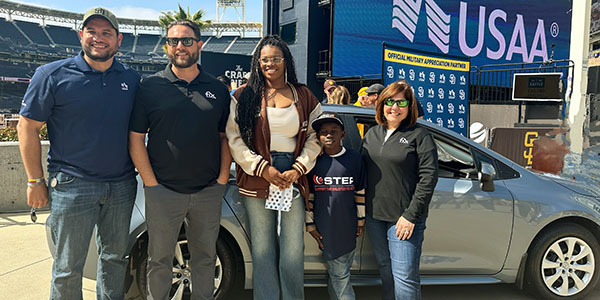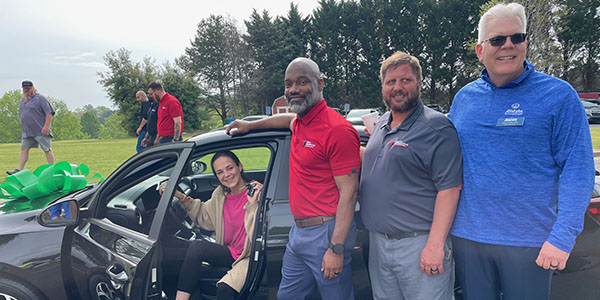A customer recently played games with the money she owes for her truck. She told the insurance company she didn’t get the check to pay for her car to be released, so the insurance company put a stop payment on the check and reissued another. She received the new check and came to pay me with the old check she claimed to have not received. Then, she called me and told me not to cash the check beacuse the insurance company put a stop payment on it. Now, she’s gone with her vehicle, my money and the unpaid deductible. How do I get my money? Do I need a collection agency?
That’s a great question! If you want to get a lively discussion going among veteran shop owners and managers at an association meeting, put that one out there. Everyone will recall getting, well, screwed, in a similar manner at some point. We’ve all been there.
To fully answer the question, more information is needed. How much money is involved? Is there a lienholder? Was this a DRP repair? From the information provided, we know that this shop is in California. Does the RO file include a fully legal, signed repair order (California version)?
I am not an attorney, so do not take this as legal advice!
In a perfect world, we would simply send a tow truck to the customer’s home or office, pick up the car and hold it for ransom. But in most locations, that would be considered theft, so that plan sounds great but would most likely land you in jail. So don’t do that.
Your RO provides the foundation for recovering the money. If the RO is incomplete or not signed, collecting the money is much tougher. That RO is the contract between you and the customer. If it’s not complete and properly signed, it’s not a valid contract and probably not enforceable. The contract created by the RO is between your business and the customer. The relationship between your company and the insurer is not contained in the RO. In fact, unless you’re a DRP for the insurer, there is no contract between you and the insurer. If the vehicle has a lienholder (bank loan against the vehicle), there may be relief to be found in the insurer’s contract with the lienholder.
So let’s assume that you have a complete and legal RO and that the repair amount is $2,500. Since you mentioned the “unpaid deductible,” we’ll assume that the customer is insured by the issuing company. Let’s also assume that the customer has a bank loan on the vehicle.
Step #1: File a police report. The customer has probably committed a couple of crimes. Report the crime! The customer has stolen $2,500 from you and committed insurance fraud. Provide the police with copies of the RO and any other documentation in your file, including the insurance and legal owner information. The police will likely do nothing more than take the report. They may at least contact the customer, which may scare the customer into paying you. Perhaps the customer is part of a “scam ring.” The police need to know!
If you’re really angry, follow up with a discussion with a member of your District Attorney’s office. Once again, nothing may happen, but if you were held up at gunpoint for $2,500, you would probably really like to see the bad guy arrested and put away for a while.
Step #2: File a mechanics lien. This may be done through your attorney, or you can do it yourself. Filing the mechanic’s lien is a different process in different states. Start out with an Internet search. You could ask your favorite tow company how to file the lien since they’re very familiar with the process. There are companies that will process the lien for you, for a fee.
The steps for filing and recording a mechanic’s lien vary by state. Timing and documentation is critical. Detailed instructions on how to file and record mechanics liens are available on the Internet.
Step #3: Communicate with the customer, the insurer and the legal owner. Notify everyone involved that you’ve had this issue and inform them of the steps you’re taking to collect your money. In many cases, those involved will solve the problem for you. Notification is a part of the mechanic’s lien process.
Step #4: Sue them. Probably time to get the lawyer. In California, you have 90 days from the filing of the lien to file a lawsuit. I’ve been down this road myself and we filed against all involved parties.
Small claims court is a possible solution. Cheap and simple, plus the threat of responding to a small claims action may motivate the customer, the insurer and the bank to take action to resolve the issue.
If none of that works, go ahead and sell it to a collection agency. You might get 50 percent of your money back…maybe.
The best solution is to make sure this never happens again! Have a strict, no exceptions allowed written policy for payment procedures. Never let a vehicle go without full payment. Make a copy of the customer’s driver’s license and the registration and keep that information in your RO file.
If there is a legal owner, the insurer should name either your shop or the legal owner on the payment draft; ask the adjuster to make sure your company is named on the draft.
The biggest problem I’ve experienced in our industry is sloppy RO documentation. Lack of a signature on the RO is a rampant problem. Most ROs I’ve audited aren’t complete and would not stand up in any court. A copy of the California "Write it Right" manual is available on line at:
http://www.smogcheck.ca.gov/80_BARResources/ftp/pdfdocs/writeitr.pdf
Don’t live in California? I strongly suggest following the BAR guidelines whereever you are to protect yourself against this sort of issue as well as avoiding the perception of fraud.













